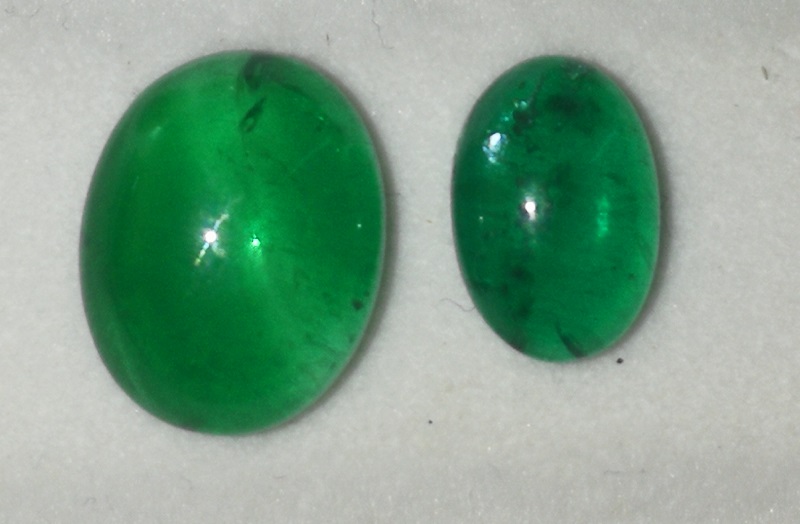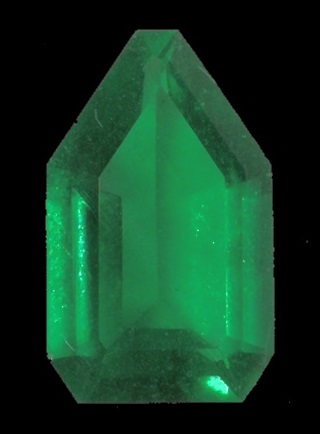
The ability to recognize the origin of a specific emerald crystal in cut or uncut state can be of advantage to owners, gemstone dealers, government organizations, and various other role players in the gemstone industry. The substantially higher prices commanded by Colombian emeralds over other localities, as well as the fact that some clients askew stones from zones at conflict with their own country can make certainty of origin extremely useful. Rare emeralds can sell for millions of dollars, and as synthetic emeralds increase in ability to closely mimic natural stones, new methods to ensure authenticity are essential to the sanctity of the trade.
The rising popularity of stones from the ever popular and successful Gemfields auctions may make it more important than ever to distinguish decisively between visually and chemically similar stones.
Amongst possible discriminatory methods used are geochemical characterization of emeralds. Researchers such as Beaudoin and Eby (2018) used geochemical methods to discriminate between emeralds from different mineral districts and geological settings. They used Instrumental Neutron Activation Analysis (INAA) to analyse emeralds from Brazil, Colombia, Pakistan and other locations for 35 elements. By means of this method they were able to distinguish the two main emerald groups of Schwarz and Giuliani (2001) namely deposits related to pegmatites (Group 1) with or without associated schist and Group 2 which are deposits related to tectonic structures.

SearchMin developed a quick and easily applicable geochemical method to not only discriminate on a district scale but to have the potential of recognizing emeralds from a specific deposit. To achieve discrimination, we used Laser Ablation Inductively Coupled Mass Spectrometry (LA-ICPMS) analyses of emeralds from two Tanzanian emerald deposits, namely Sumbawanga and Manyara. The results from the trace element analyses were then statistically evaluated using multivariate statistical methods. A statistically significant number of trace elements were subsequently identified and the best discriminators and combination of discriminating elements plotted on a simple binary diagram using a single element on the Y axis and a formula consisting of a combination of three elements on the x-axis.

The SearchMin method has the potential of not only meaningfully discriminating emeralds from various deposits using a widely applied and easily accessible analytical technique, but to be used in furthering the understanding and identifying of possible emerald mineralization potential. This study will be extended to include more African emerald deposits as well as hopefully emeralds from Afghanistan in the database. For more scientific details click here.
